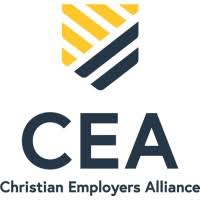USA Wealth Report 2025: America stands firm as world’s foremost private wealth hub, with status of 34% among global liquid assets
In recent collaborative reports released Tuesday, the U.S. is a top leader of the world’s cent-millionaires, where 33% of billionaires reside here in America. Home to over 6 million high-net-worth individuals (HNWIs) with investable wealth of USD 1 million or more, the









